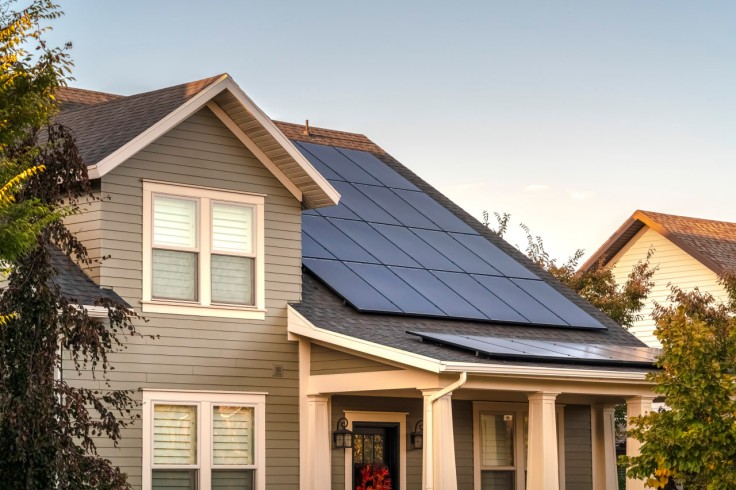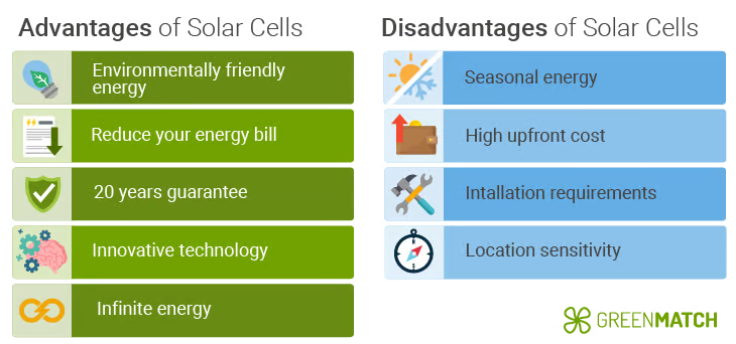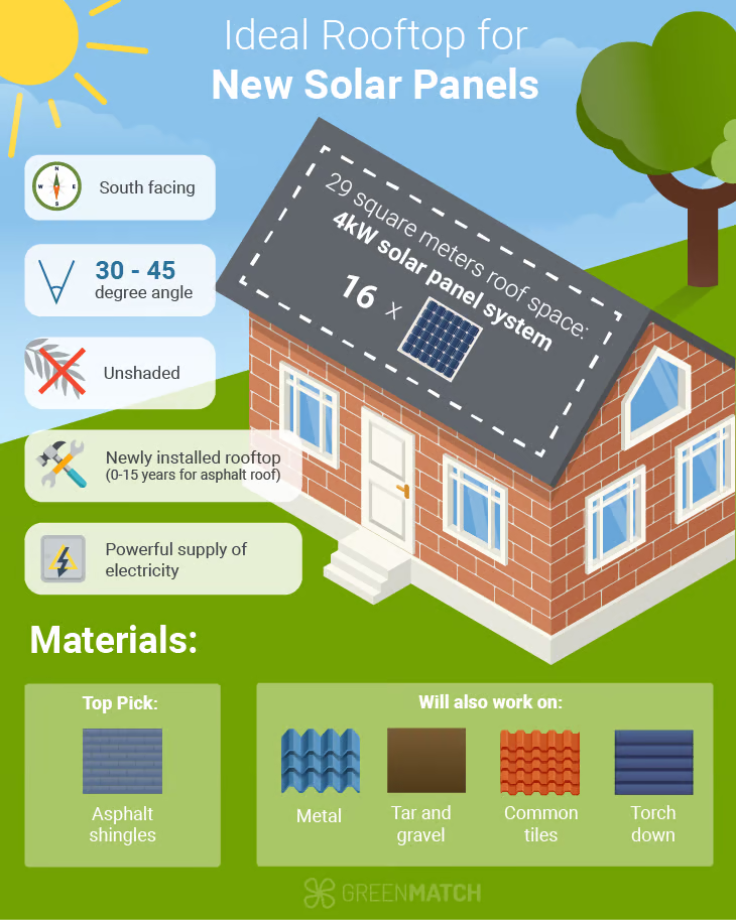
With the rapid spread of renewable energy sources, obtaining clean electricity from the sun stands out. Although solar panels are popping up all over the world, many people are not ready to install them at home. Let's try to debunk some concerns about the high cost, prospects, and payback of solar stations, in the following material.
Formation of cost for solar panel systems
The main caveat is the price. The popularization of panels has slightly reduced their cost, but the amount of 12,000-40,000 dollars is significant for the vast majority of citizens. The state offers an incentive system to those who install solar panels for their home in the form of tax incentives and subsidies from local authorities.
Solar panels make up approximately 30-35% of the total station. The rest of the costs are for the design, control circuits, other elements of the system, and installation.
The amount of money needed also depends on the size of the home solar station. In order for the solar power system to provide the house with 100% electricity, you will need from 20 to 40 panels. It is important to consider the power of photovoltaic cells. The higher this figure, the fewer batteries will be necessary to have.
Advantages and disadvantages of solar stations
The average cost of home solar panels is $15,000. The payback period of stations depends on the amount of electricity generated. Savings are:
reducing or completely getting rid of electricity bills;
increasing the value of home ownership when selling;
reduction of carbon emissions into the atmosphere;
gaining independence from the main power grids.
The disadvantages of home PV systems are the limited number of local panel installation companies, the difficulty of obtaining a loan for a solar installation (not all banks approve loans for solar energy), and the requirements for the location of structures. It is not advisable to purchase SES if a person does not plan to live in the house for a long time. You may not have time to reimburse the costs.

What kind of houses are solar panels suitable for?
A few steps will help you understand how cost-effective powering your home with solar will be.
House energy efficiency audit. You should check what energy losses are inherent in the house and how to eliminate them. It is necessary to calculate how much electricity household appliances, heating, air conditioning, and home lighting consume.
Offers. You need to study all the offers in the battery installer market and choose a licensed company that has experience in installing solar panels in your area. For more information on how home solar panel works, user reviews will help even better. Online reviews are informative, but personal communication with the owners of the panels will help to study in detail the effectiveness of solar systems.
Assessment of the solar potential. It is important to analyze how long the roof of the house is under the influence of sunlight, what intensity, and the amount of solar energy that changes during the year. You can use mapping tools for this purpose.
Options for using SES. You can use solar energy by acquiring the whole system, using the services of a common SES, or renting panels.
Financing options. Even the average cost of solar panel installation is often unsustainable. It is important to study what options the company offers to pay for installations (leasing, credit, or full price) and what incentives from government programs you can count on.
It is important that the installer assists in obtaining the necessary permits for the installation, helping with the selection of the appropriate volume of panels, taking into account the required power, and determining the optimal angle of inclination of the structure, which will give maximum efficiency to the system.
Understanding the obligations and rights of the parties, as well as the method of issuing invoices and payments, are very important.

Investment or financial bondage - which is more in the solar system
Every person who wants to gain energy independence at least once had a question "is solar power worth it?" The savings from the installation are real, and it's not just about the bills.
The main problem of solar installations is to generate energy only during daylight hours and reduce the generation rate in different seasons. But installing backup batteries will allow the home station to provide maximum power during the hours of darkness and low sunlight ratio during the colder months.
This will completely abandon the use of the central energy grid and provide for their needs without paying for them. Considering how much solar panels cost on average, it can be assumed that the investment will pay off in 9-12 years. Selling surplus energy to a utility can help speed up the return on investment and reap the net benefits of solar power.
The operating life of the batteries is 25-40 years, and this time is enough to fully recover the costs and even make money on the installation.
Who is not suitable for a solar station
It is not enough to determine the solar panel home installation cost and compare it with your financial capabilities. It is important to know when SES is inappropriate:
if the roof needs to be rebuilt soon;
If it is a tiled roof;
if the roof faces the north side;
shadow from trees and neighboring buildings falls on the roof;
electricity costs are already low;
planning to move soon.
In order to save money, people resort to installing solar panels on their own, which is absolutely not justified. You need to have special tools for working on the roof, understand the intricacies of electrical installation, engage in planning, and correctly connect components. Therefore, installing a solar power station with your own hands is a bad idea.









